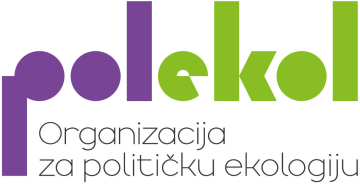Research of the Right to Water initiative on water restrictions in Serbia during the summer of 2025.
The Right to Water initiative warns that Serbia is thirsty this summer as well. A severe drought, decreasing water levels and neglected water infrastructure, which is in an increasingly poor condition, have left dozens of towns and villages without a basic condition for life – clean drinking water. During June, July and August, 108 locations from all over the country – from the north of Vojvodina to the south of Serbia – applied for the right to water. Ljudi javljaju o presušenim bunarima, mutnoj vodi, puklim cevovodima i nepravdi koja se oseća prilikom svakog odvrtanja slavine.
Many regions have no water at all and others have been introducing restrictions for weeks. While the citizens demand measures from the state, the institutions add what is not within their statutory powers.
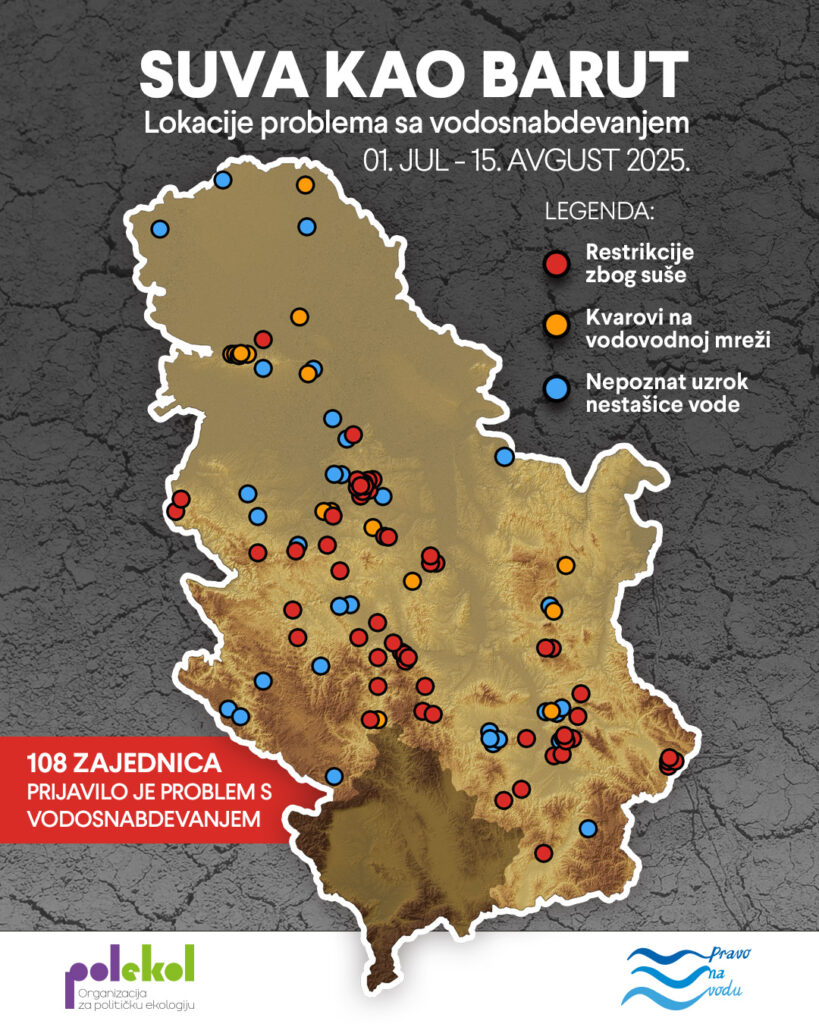
General shortage of water in Serbia
Serbia is located in the part of Europe most affected by climate change, and the situation is further aggravated by the fact that adaptation measures are not implemented in a timely manner or at all. Long-term drought is a fact, but the responsibility for this state of water supply lies primarily in poor planning, lack of investment, non-implementation of regulations and failed political decisions.
Primer za to su Gadžin Han i okolna sela (Zaplanje) koji su ove godine na ivici potpunog kolapsa. Ovo područje se vodom snabdeva iz samo jednog izvorišta dok se nije radilo na obezbeđivanju drugih i unapređenju postojećeg.
Officials’ explanations usually refer to drought and “unintended consumption” – watering gardens or filling swimming pools. However, the truth is that the problem here is not only the sky without rain, but also that the reconstruction projects are stuck in the drawers. Cows and horses from Rakos rely on donations on social networks, citizens chase tankers that circulate through the villages, while the authorities have been promising “comprehensive solutions” for twenty years.
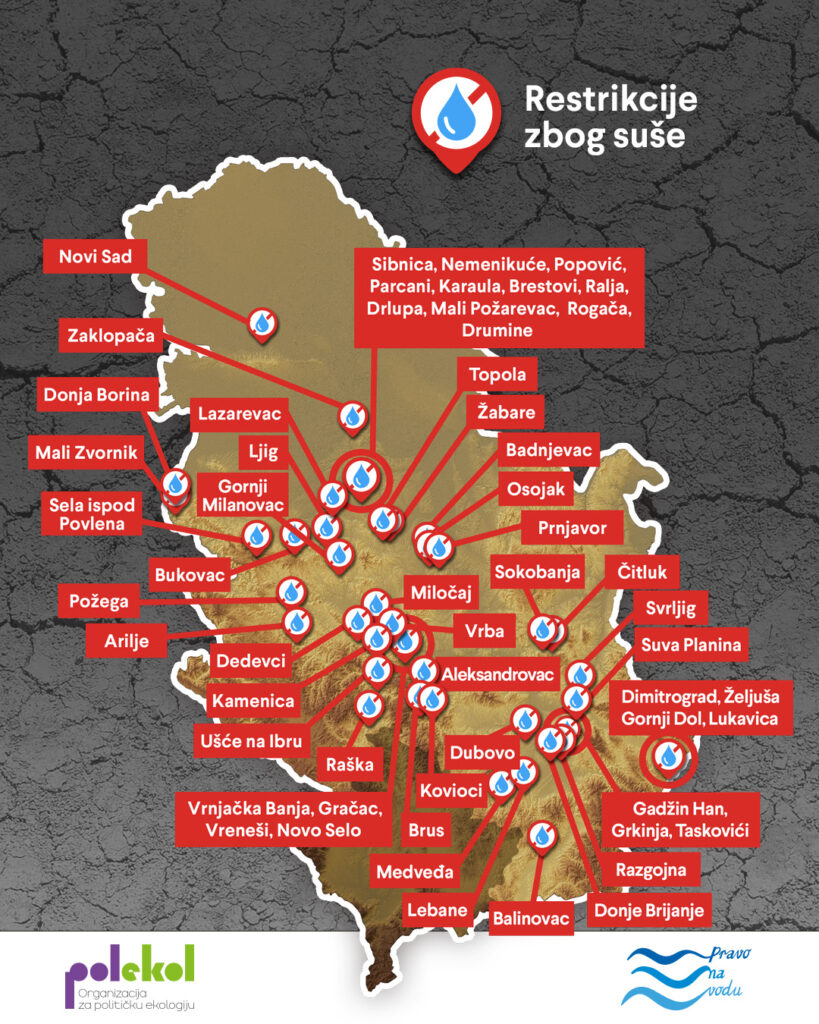
Authorities that don’t bring water
Plans for solving the problem of water supply are bureaucratized and not based on the real situation, needs and possibilities on the ground. An example of this is the village of Donje Brijanje near Leskovac, where 1,002 inhabitants, including many children and the elderly, have no water supply. Most of the wells have dried up, and even when there is well water, it is defective. In this area, there has been endemic nephritis for decades – a kidney disease directly related to bad water, which is recognized by the mayor of Leskovac. This and the neighboring villages are only 150 meters away from the main water supply, while the plans of the officials envisage connection to the Barje reservoir, which is 50 km away. Neither of these two plans is even in sight in terms of implementation, and in the meantime people are suffering and dying.
Lebane, which was recently visited by the new Prime Minister of the Republic of Serbia Macut, is one of the thirstiest municipalities in Serbia. Most of the water is taken from the Shumanka River, which has completely dried up this year, as in previous years, and the existing wells cannot cover this deficit. The proposed solution to this problem is even more absurd, because it envisages the construction of the Ključ reservoir with a 70-meter-high dam to be filled by the drying up Shumanka River. It remains unclear how a non-flowing river will fill the reservoir of that capacity. For only a fraction of the cost of this imaginary (and dry) reservoir, the problem can be solved with a main pipeline from the Barje reservoir.
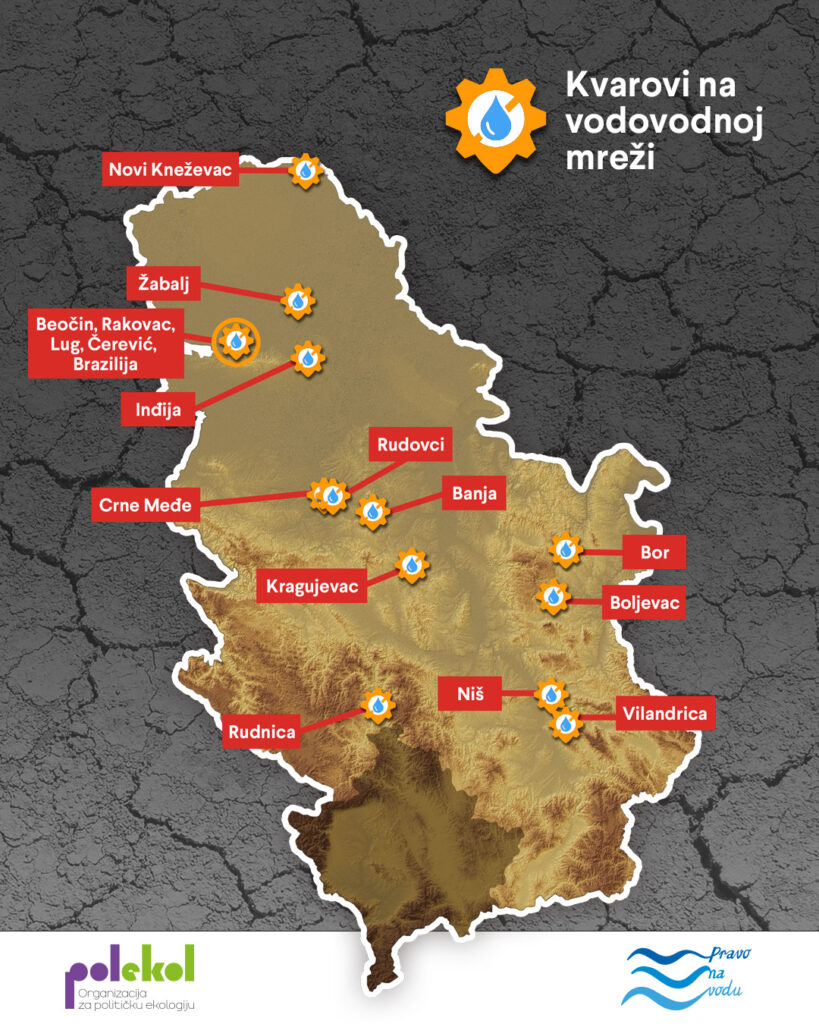
Sela najviše nastradala
Ako mislite da su gradovi pogođeni, probajte da živite na selu. Postoji opšte uverenje da ljudi u selu piju čistu vodu, dok je situacija u realnosti obratna. Širom Srbije, sela su ta koja prva ostaju bez vode i poslednja je dobijaju. Ljudi odustaju od stočarstva, pa čak i svojih malih bašta, koje propadaju, jer nemaju vodu kojom mogu da održe imanje. Voda iz cisterni, kad i stigne, često nije dovoljna i ne predstavlja dugoročno rešenje. “Da bar dođe kiša kad dođe političar”, kažu meštani koji su se obraćali Pravu na vodu, “onda bismo imali i vodu i posetu u isto vreme.”
Vodovode u selu more brojne brige: nebriga opština, nemaju određene zone sanitarne zaštite, infrastruktura je u lošem stanju i nerazvijena, a upravljanje je često u sivoj zoni. Ljudi na selu ni ne znaju kakvu vodu piju – kontrola zdravstvene ispravnosti često izostaje.
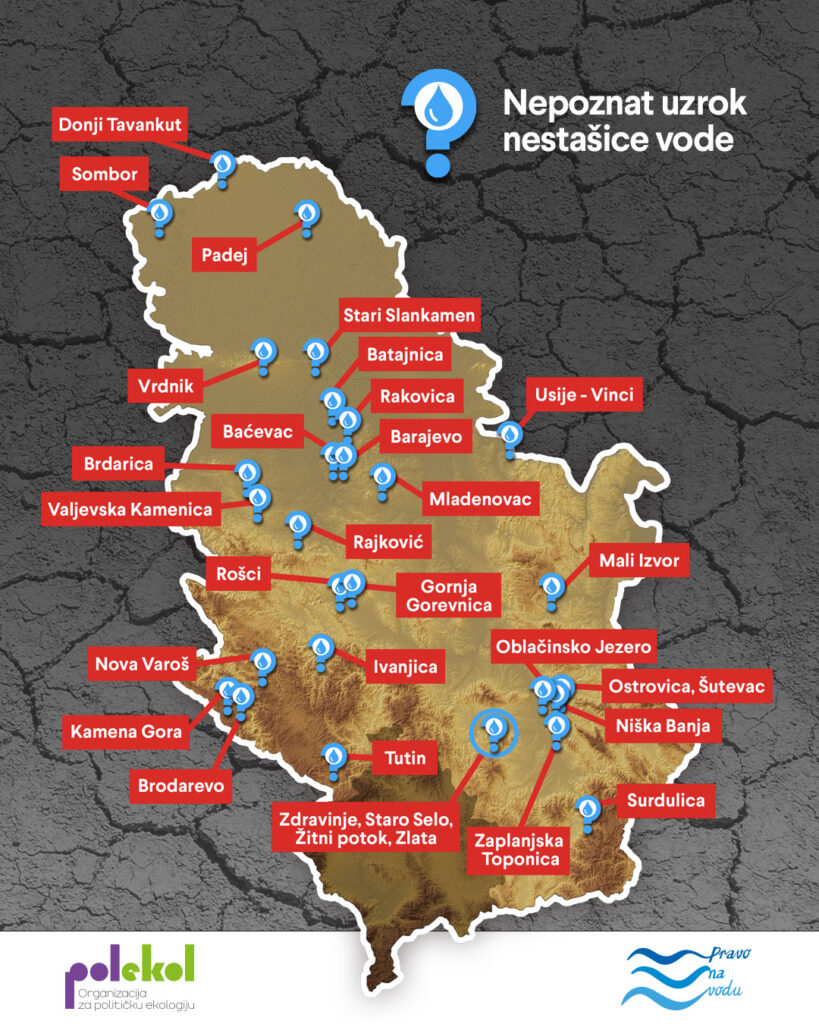
Jer svako, baš svako, ima pravo na vodu
The “Right to Water” initiative reminds us that the right to clean and safe drinking water is not a privilege, but a basic human right. We can’t wait ten more dry summers to get things going. Investments are needed now – in infrastructure, in source protection, in public water management on a non-profit basis.
